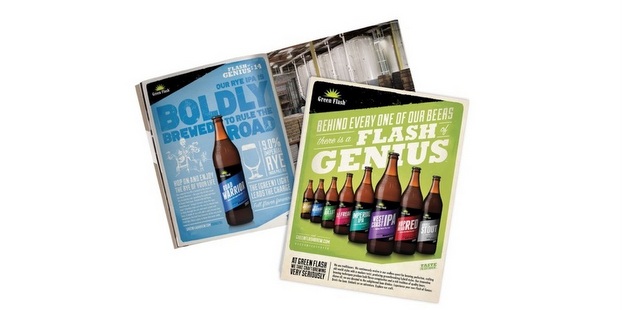
The craft brewing industry is heading towards a stage of maturation. More breweries across the country equate to more competition and more sophistication needed within the business to grow and gain loyal drinkers.
Nationwide there are about 5,000+ craft brewing companies, according to the Brewers Association, but that number still only represents a craft brew share of around 12 percent compared to non-craft and imports. Only a small portion of breweries reach 10,000 bbls per year in volume. A regional brewery is defined by annual beer production between 15,000 and 6,000,000 bbls. That’s a huge range. Breweries looking to cross into the 15,000- to 30,000-bbls threshold need to be sophisticated operations, inside and out.
While the new breweries launch and work to survive and thrive, there are many craft brewing companies working to carve out a market position now that they’ve hit some level of business stability. Regardless if your brewery’s goals are moderate growth for the sake of profitability or accelerated growth to capture the attention of acquirers like Anheuser-Busch InBev, breweries need to grow to survive.
So, how do you know when it’s time to evolve your brewery brand?
Without a brand story and a consistent system on which to market your brand, you’re just selling beer. When breweries reach the 10,000 to 20,000-bbl thresholds they need to get serious about their brand if they want to grow, while staying true to their roots, their craft, their community and their culture. Better brands are winning in the craft brewing marketplace.
Some brewery brands have done a remarkable job in establishing a potent market position and building a loyal audience through their great beer, focused sales efforts and a brand that fuels the brewery forward. Green Flash, Modern Times, Ballast Point, Brooklyn Brewing and Dogfish Head are just a few of the brands who’ve evolved their brands over time and established a clear market position that ignites engagement between their products and customers.
The impetus behind any brand evolution is an economic goal. It’s no longer enough for breweries to just deliver great beer. Customers have a growing insistence for brands that represent something bigger than them, and they attach themselves to brands that are aligned with their beer drinking preferences, lifestyle and beliefs.
Overcoming growth hurdles
While there are certainly operational and production challenges to get to a point of brewery maturation, there are a handful of things to address when it comes to brand building and driving product demand. The most mature breweries are building and deploying best-in-class branding and marketing initiatives.
Here’s a few things that mature breweries do:
1. Get expertise. Whether you evolve your brand to meet your growth needs with your internal leadership team, or team with the expertise and guidance from an external agency partner, you need someone to help you strategically navigate where you’re going and how to get there. In other words, you want an expert. Working with a team who can help you build a solid and expandable brand foundation from strategy through brand expression (packaging, sales support, tasting room experience, marketing strategy, etc.) will be money well spent.
2. Brand at the foundation. If you’re not building a brand from the foundation up, you’re unlikely to create clear market differentiation. Without a story that is built upon a expandable branded program, you’re going to be stuck just selling beer. The brands I noted above, invested in the foundation of their brand strategy and expression. This includes, but is not limited to, an improved package design system, online presence (web, social, mobile), events, tasting room, retail sales support, marketing materials, etc.
3. Market like you mean it. Evolved branding is one step in driving demand. Building, deploying and managing a consistent and measurable marketing program that, not only drive demand, but also builds a loyal community is necessary for keeping your audience closely tethered to your brand story, product offering and location experiences. Mature brewery brands have sophisticated marketing programs, often, but not always, run by an internal marketing team. This program should encompass all digital media, paid advertising, paid and earned search, social media programs with scheduled content calendars and the like. All of these initiatives should be orchestrated in harmony and have clear measurements and analytics in place.
4. Build in consistency and measurement. A great brewery brand, or any brand for that matter, is a consistent brand. One that tells and presents a consistent brand story in a consistent voice and tone that comes from the heart of the brewery. What you stand for, defines what you express and how you express it. And what you express out into the world of your audience should be measured and learned from. In addition to building in robust analytics throughout all of your digital properties, deploying regular surveying, feedback and learning from your audience helps you improve your product and how you sell it to the world.
Because the need for brand evolution, or creation from scratch, is always driven by an economic desire — more customers, more profit, more investment, more growth — it is up to the brewery leaders to get serious about their market presence. In order to keep up with production increases, breweries need to drive demand for their product through relevant and differentiated branding, marketing and sales.
Most industry studies show that current consumer and growth trends are still favorable for breweries, and it’s clear that the more growth-oriented, more mature breweries across the United States are claiming their market position and building powerful brands for bankable growth.
Over the past 23 years Steve Morris has led Mth Degree to be a nationally recognized, brand strategy and marketing agency. He helps courageous leaders transform their business and evolve their brand. The sole focus at Mth Degree is building and marketing brands that instill brand loyalty and increased value. Part brand strategy, part digital marketing, they are experts in the craft brew world — all aimed at helping brewery brands create lasting loyalty and a strong bottom-line. Their craft brewery clients include Green Flash Brewing Co., Cellar 3, Mike Hess Brewing and Latitude 33, to name a few; non-craft brewing clients include Samsung, LG, Sony, Port of San Diego and Razer Electronics.

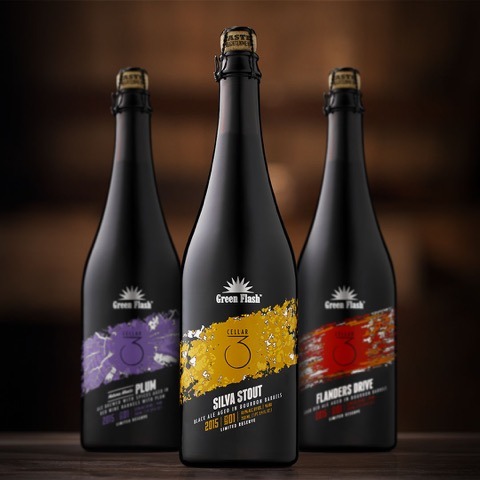
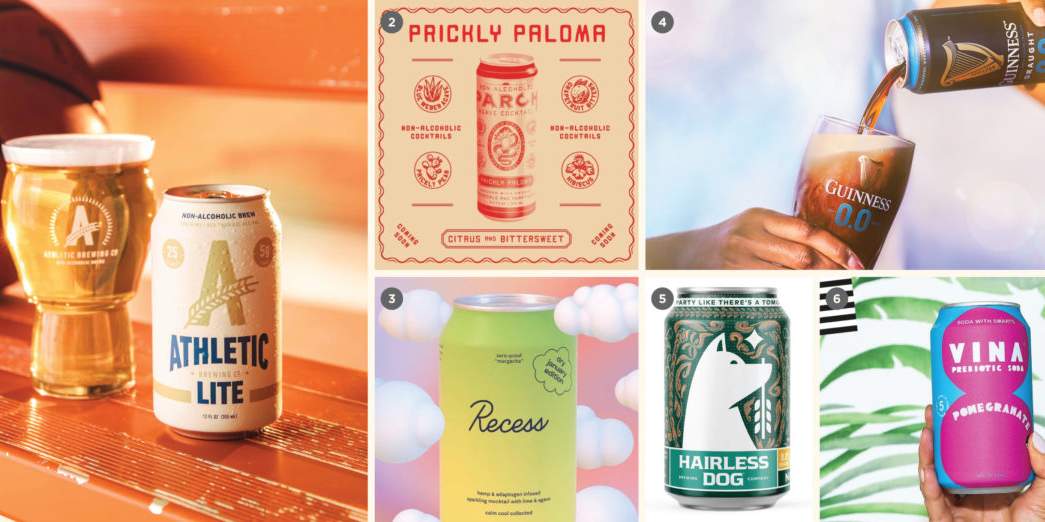
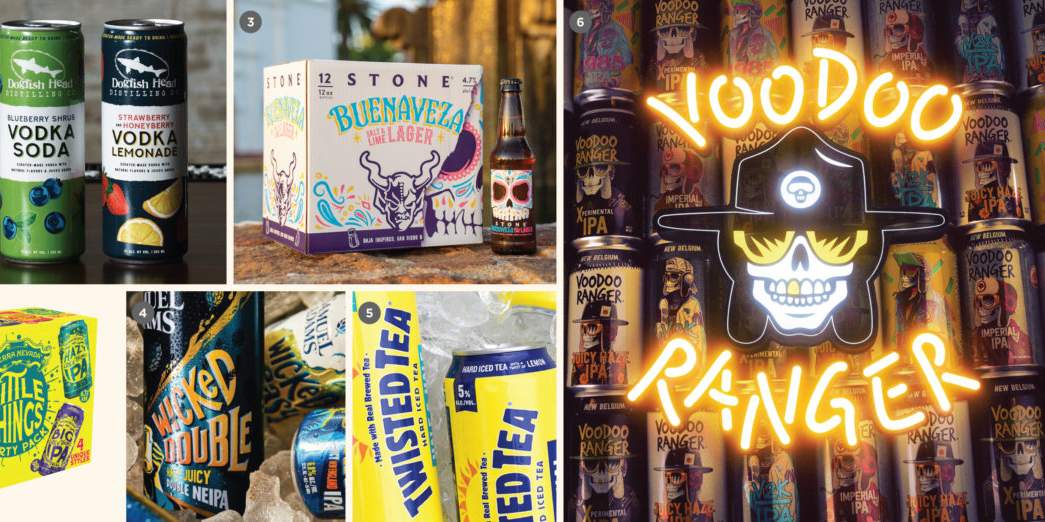
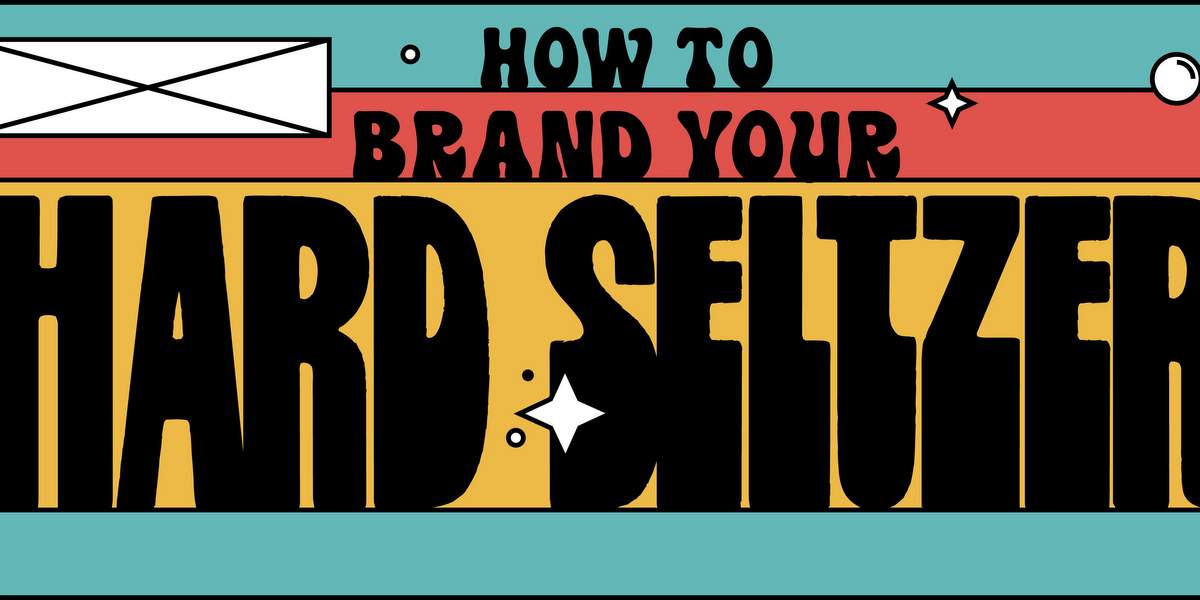
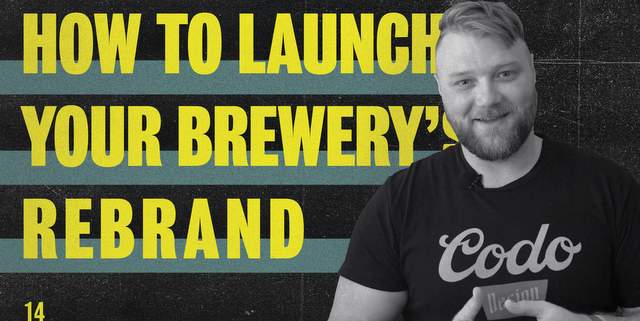
Leave a Reply
You must be logged in to post a comment.